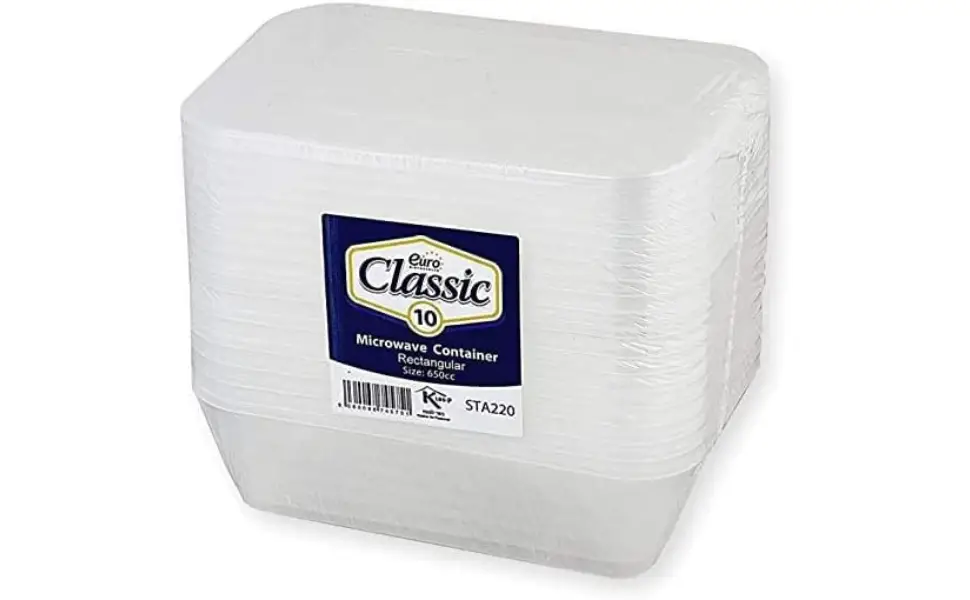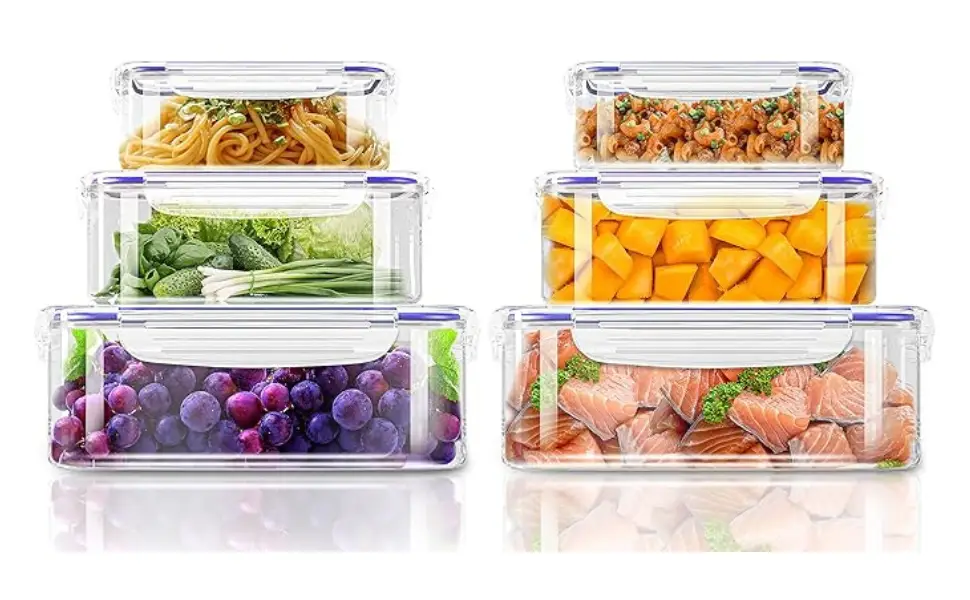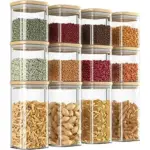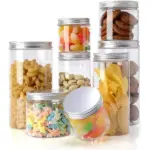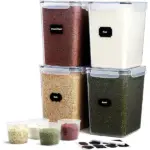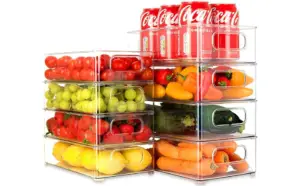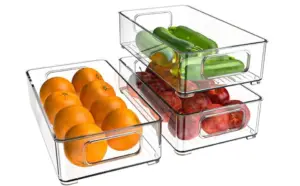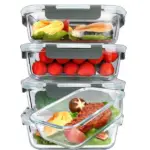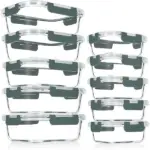Does Storage containers are safe for food storage?
When it comes to food storage, choosing the right containers is crucial for maintaining the freshness and safety of your food. With a variety of materials available, understanding which storage containers are safe and effective is essential. This blog post will explore the different types of plastic containers, how much they cost, their safety for food storage, ways to keep moisture out, and proper disposal methods. We’ll also provide a detailed comparison of various food storage containers, including options made from plastic, glass, and other materials.
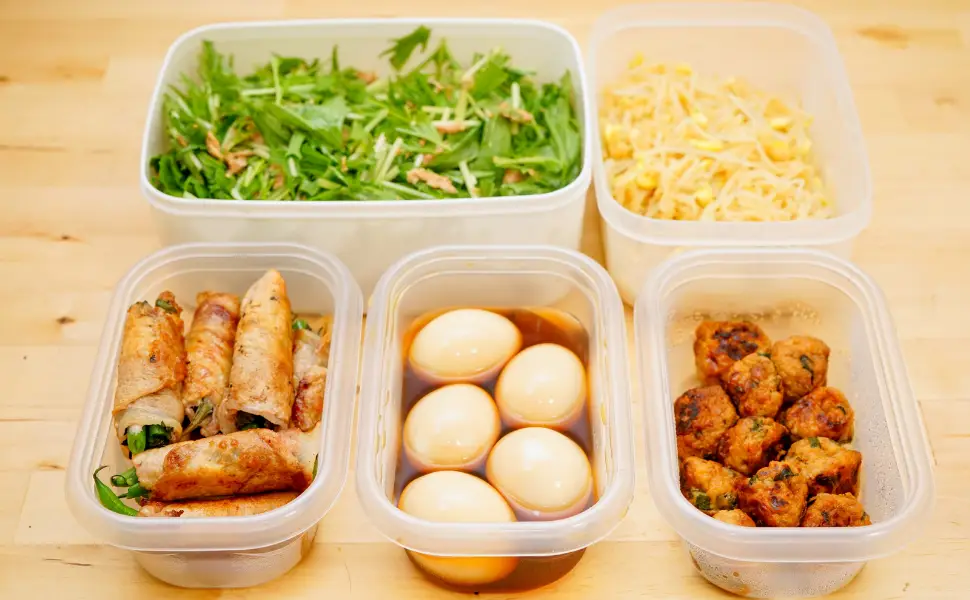
Table of Contents
How Much Are Storage Containers?
The price of storage containers varies based on material, brand, and size. Plastic containers, which are often the most affordable, can range from a few dollars to more expensive options, depending on their features. Glass containers typically cost more due to their durability and safety. Specialty containers, like those designed for specific food types or with advanced sealing mechanisms, can also increase the price.
- Plastic containers: Range from $5 to $20 per set.
- Glass containers: Typically range from $15 to $50 per set.
- Specialized containers: Prices can vary widely, from $10 to $100 depending on the type and brand.
When budgeting for storage containers, consider how often you’ll use them, the type of food you store, and whether you need them to be microwave, freezer, or dishwasher safe.
Which Plastic Containers Are Safe for Food Storage?
Not all plastic containers are created equal. Some plastics are safe for food storage, while others may leach harmful chemicals into your food. The key to choosing safe plastic containers is understanding the different types of plastics and their safety ratings.
- BPA-Free Plastics: BPA (Bisphenol A) is a chemical found in some plastics that can be harmful when ingested. Many manufacturers now offer BPA-free containers, which are safer for food storage. Look for labels that indicate the container is BPA-free.
- PP (Polypropylene): This is one of the safest plastics for food storage. It’s heat resistant, making it suitable for microwaving, and it’s also freezer safe. PP containers are commonly used for meal prep and storage.
- HDPE (High-Density Polyethylene): Another safe plastic, HDPE is used in containers for milk, juice, and other beverages. It’s durable and resistant to impact, making it a good choice for food storage.
- LDPE (Low-Density Polyethylene): Often used in bags and wraps, LDPE is flexible and safe for food storage but less heat resistant, so it’s not suitable for microwaving.
- When selecting plastic containers, always check the recycling code on the bottom. As general, codes 1, 2, 4, and 5 are considered to be safe for food storage
How to Avoid Moisture in Storage Containers?
Keeping moisture out of storage containers is crucial for preserving food, particularly dry goods like grains, cereals, and snacks. Moisture can cause mold growth and spoilage, so here are some strategies to ensure your food stays dry:
- Airtight Seals: Choose containers with airtight seals. These seals prevent air and moisture from entering the container, keeping the contents dry and fresh. Rubber or silicone gaskets on lids can enhance the seal.
- Desiccants: Small packets of silica gel or other desiccants can be placed inside containers to absorb moisture. These are especially useful for long-term storage.
- Proper Storage Location: Store containers in a cool, dry place. Avoid areas with high humidity, like near the stove or dishwasher, which can introduce moisture into the containers.
- Use of Lids: Always secure lids tightly after use. Even a small gap can allow moisture to seep in.
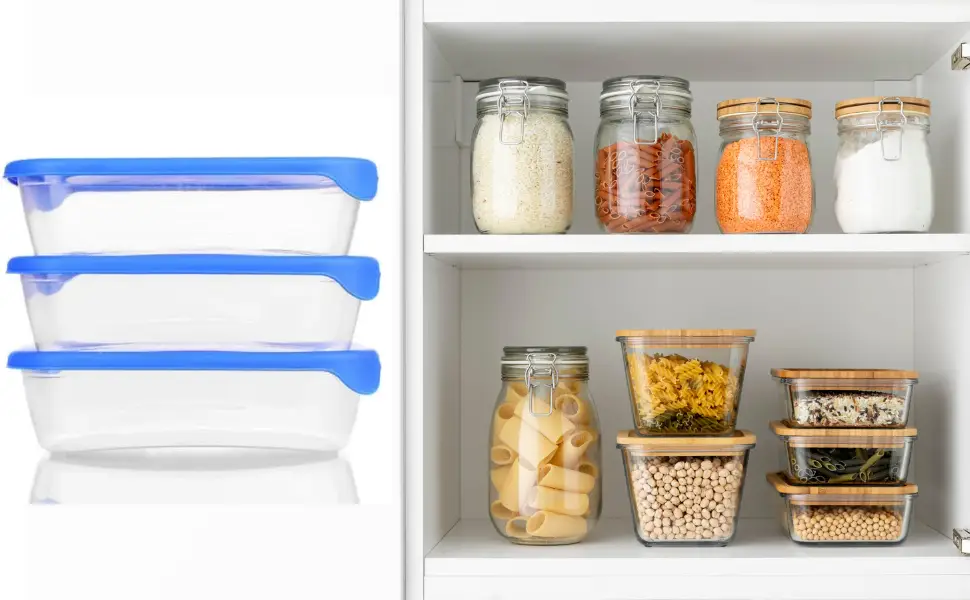
How Plastic Storage Containers Need to be Disposed?
Disposing of plastic storage containers properly is important for environmental sustainability. Since some plastics cannot be recycled, it's crucial to follow the right procedures.
- Check Recycling Codes: Before disposing of a container, check the recycling code on the bottom. Codes 1 and 2 are widely accepted by recycling programs, while others may not be.
- Recycling Programs: Many local recycling programs accept plastic containers, but check with your local waste management to see what’s accepted in your area.
- Repurposing: Instead of disposing of old containers, consider repurposing them for non-food storage. They can be used to organize craft supplies, tools, or other household items.
- Proper Disposal: If the container is not recyclable, dispose of it in the regular trash. Avoid burning plastic containers, as this can release toxic chemicals into the air.
Comparison of Food Storage Containers
1. Plastic Food Storage Containers
- GUANFU 10 Pack Meal Prep Containers: These are ideal for meal prep with a 28 oz capacity, BPA-free material, and are microwave, freezer, and dishwasher safe. They offer durability and reusability, making them a cost-effective option for meal planning.
- Euro Classic 10-Pack Rectangular Containers: These containers are leak-proof, making them perfect for soups and liquids. They are recyclable and dishwasher safe, offering a practical solution for both personal and commercial use.
- Checkmart 10 Packs Snap-On Airtight Containers: Known for their premium quality, these containers are perfect for keeping food fresh with airtight lids. They are microwave, freezer, and dishwasher safe, and their stackable design saves space.
- KICHLY Plastic Airtight Containers: This set includes 18 pieces of various sizes, offering flexibility for different storage needs. The airtight mechanism reduces air contact, preserving food longer. Made from BPA-free plastic, they are a safe and durable choice.
2. Kitchen Storage Containers
- Finew Glass Storage Jars with Bamboo Lids: These jars are made of high boro silicate glass, which is non-toxic and durable. The bamboo lids provide an airtight seal, making them perfect for storing spices, herbs, and dry goods. Their clear design adds an aesthetic touch to your kitchen.
- Top mener Storage Jars Plastic Jars with Lids: Made from BPA-free PET plastic, these jars are durable and come in various sizes. They are ideal for storing dry food, tea, coffee, and sugar, with a screw seal design that ensures airtight storage.
- Lifewit Large Food Storage Containers: With a large capacity of 5.2L per container, these are perfect for bulk storage. The airtight lids keep food fresh, and they come with labels and measuring cups for easy organization.
3. Fridge Storage Containers
- Unique Impression Set of 8 Stackable Fridge Organisers: These BPA-free PET plastic containers are specifically designed for UK fridges, maximizing space with their stackable design. They are not dishwasher safe, so clean with mild detergent.
- changshengda Fridge Storage Organiser: This set includes containers in three different sizes, suitable for various storage needs. The stackable and embedded design saves space, and they are made from food-grade PET material.
- Diwoker Fridge Organiser: These transparent containers allow you to see what’s inside at a glance. They are made from durable, BPA-free PET material and are stackable for efficient use of space.
4. Glass Food Storage Containers
- MCIRCO Glass Meal Prep Containers: Made from high-quality borosilicate glass, these containers are durable and can go from fridge to microwave to table. The airtight, smart-locking lids ensure no leaks, making them perfect for meal prep.
- GOOD FOR YOU Glass Containers: This 10-pack set includes containers in two sizes, ideal for meal prepping. The airtight silicone seals keep food fresh, and the glass material is safe and durable.
- VERONES 10 Pack Glass Meal Prep Containers: These containers come in two sizes and are made from high-quality borosilicate glass. They are versatile, with airtight lids to prevent spills and leaks, and are suitable for microwave, oven, and freezer use.
Conclusion
Choosing the right storage containers is essential for maintaining the safety and freshness of your food. Whether you prefer plastic, glass, or specialized kitchen storage containers, each type has its advantages. By understanding the materials, safety features, and proper disposal methods, you can make informed decisions that benefit both your health and the environment
Affiliate Disclosure
This post may contain affiliate links. If you make a purchase through these links, we may earn a commission at no extra cost to you. Thank you for your support!


